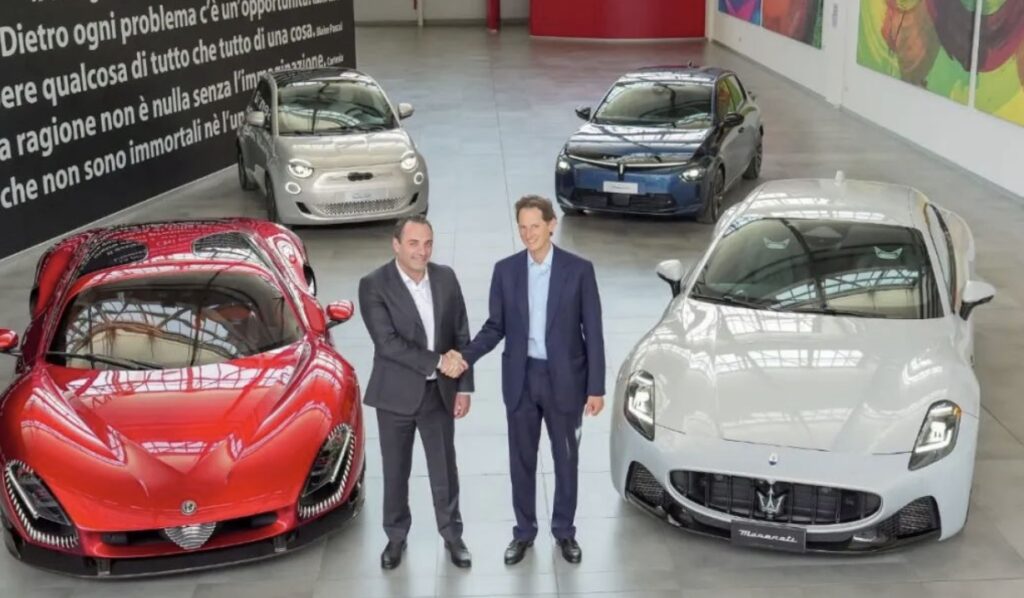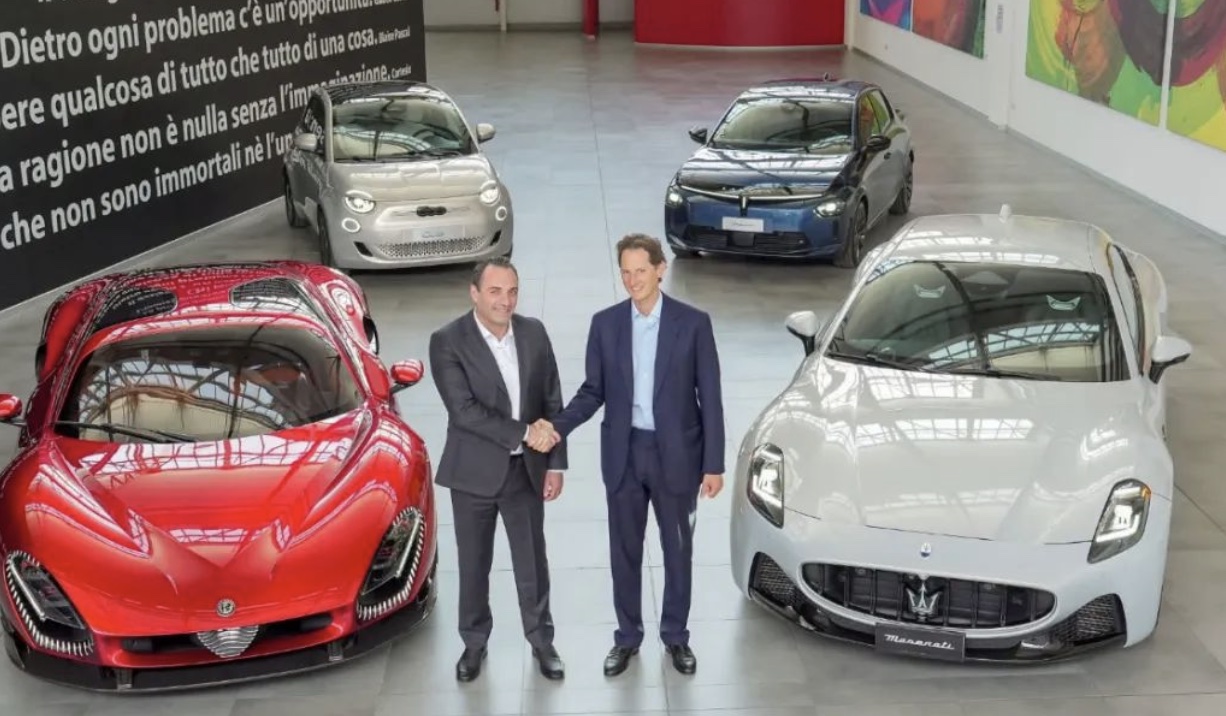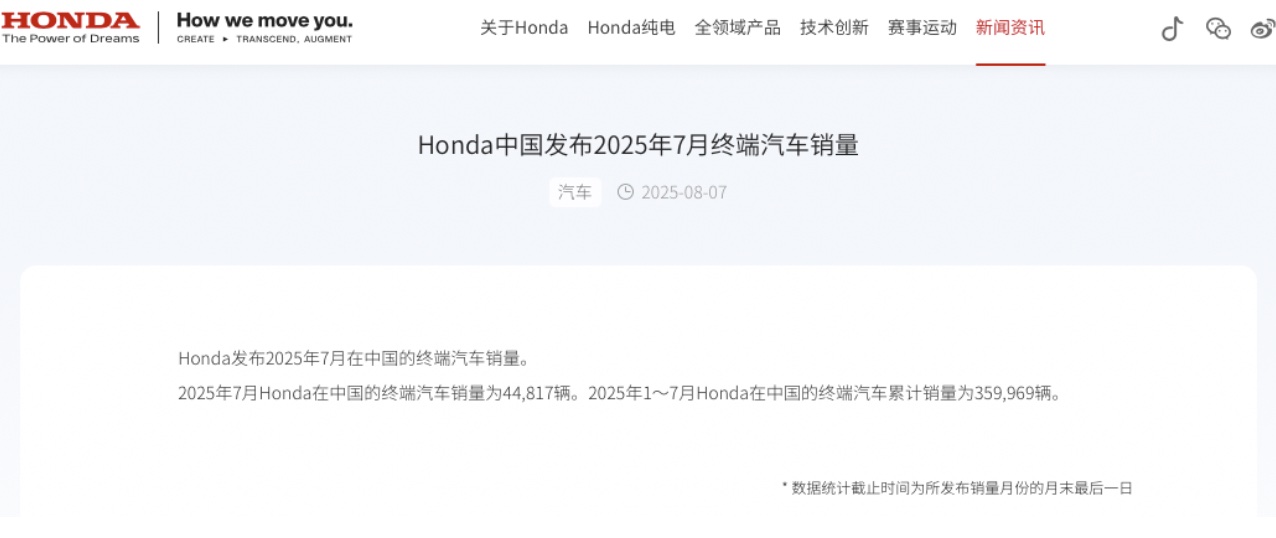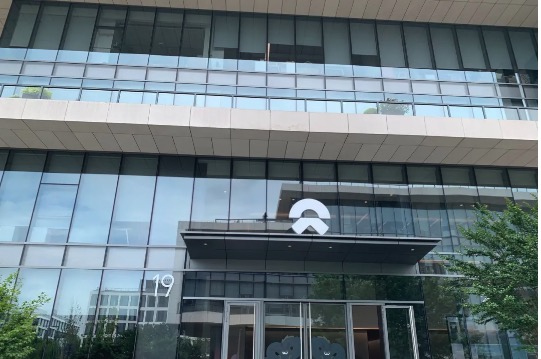On July 29, European automotive giant Stellantis Group released its financial results for the first half of 2025. The report shows that Stellantis’ revenue for the first half of 2025 was €74.3 billion, a 13% year-on-year decline. The group reported a net loss of €2.3 billion, compared to a net profit of €5.6 billion in the same period last year. In terms of sales, Stellantis delivered 2.69 million vehicles globally in the first half of 2025, a decrease of 8% compared to the previous year.

Regarding the decline in net revenue, Stellantis stated that the main reason was the drop in sales in North America and Europe, partly offset by growth in South America. The group also mentioned that it has revised its financial guidance and expects continued improvement in the second half of 2025.
As the fourth-largest global automotive group, Stellantis has implemented a series of measures to streamline its organizational structure and has made several high-level personnel changes since entering 2025. On February 4, Stellantis announced a series of measures to streamline its organizational structure, including targeted adjustments to regional headquarters across the globe, strengthening local decision-making and execution in product planning, product development, industrial and commercial activities, while maintaining coordination with the group’s headquarters. On March 7, Stellantis adjusted its management in China, appointing Xin Tianshu as the COO of Stellantis China and the head of the “Stellantis Group-Leap Motor Strategic Alliance.” Xin also continued to serve as the CEO of “Leap Motor International,” a joint venture. Grégoire Olivier was appointed as Stellantis Group’s Strategic Director for the Chinese market and senior advisor.
On May 28, Stellantis officially announced the appointment of Antonio Filosa as the new CEO, effective June 23. On June 3, Stellantis appointed Sébastien Jacquet as the Group’s Chief Quality Officer. On June 23, Stellantis appointed new leadership team members, with Antonio Filosa serving as the Group’s CEO and continuing as the head of North America and U.S. brands. Doug Ostermann was appointed as the Group’s Chief Financial Officer, responsible for mergers and acquisitions and strategic oversight of joint ventures. Jean-Philippe Imparato continued as the head of the Group’s European region and European brands (including Maserati). On July 18, Stellantis’ shareholders approved the appointment of Antonio Filosa as a member of the Stellantis Board and Executive Director.
In its 2024 performance report, Stellantis had stated: “The company is taking steps to improve performance and profitability, and we expect to restore profitable growth and generate positive cash flow in 2025.” For reference, in 2024, Stellantis reported net revenue of €156.9 billion, a 17% year-on-year decrease, and net profit of €5.5 billion, a 70% year-on-year decline.
Commenting on the half-year financial report, Stellantis CEO Antonio Filosa said, “In my first few weeks as CEO, I’ve reaffirmed my strong belief that we will leverage all the strengths of Stellantis to address the challenges we face — starting with the energy, ideas, and strength of our employees, combined with the great new products we are bringing to market. 2025 will be a tough year, but also a year of gradual improvement. Despite the increasing external challenges, when comparing the first half of 2025 to the second half of 2024, we can clearly see signs of progress, evidenced by improvements in sales, net income, and AOI. While our new leadership team remains realistic about the challenges, we will continue to make the tough decisions needed to rebuild profitable growth and significantly improve performance.”
Like many multinational automakers, Stellantis is in the process of electrification. For Stellantis, the key challenge is to launch more attractive products to rebuild brand competitiveness. As planned, Stellantis will launch 10 new models by the end of the year, including the Jeep Commander and Citroën C5 Aircross, with expectations to restore profitable growth and generate positive cash flow. With the personnel changes and the introduction of more new models, it will be interesting to see what innovations Stellantis will bring in the second half of the year.



